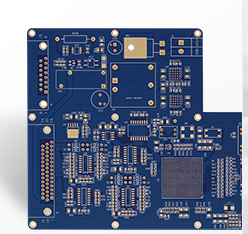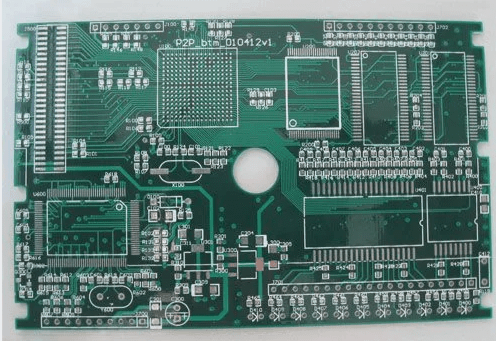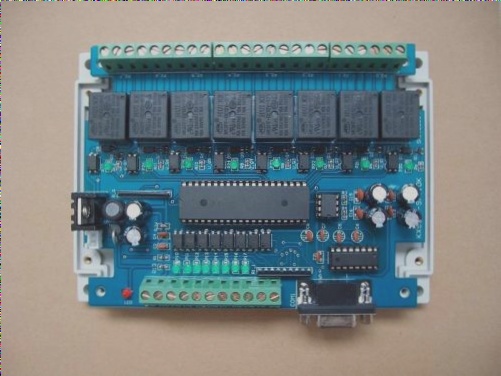The Importance of Anti-Interference Design in PCB Circuit Systems
Anti-interference is a critical consideration in modern PCB circuit design, directly impacting system performance and reliability. Two main technologies, hardware, and software-based solutions, are commonly used to address this issue.
Hardware Anti-Jamming Technology Design
The inverter circuit’s carrier signal in the flywheel energy storage system can generate noise up to 20 kHz, leading to interference from power electronic devices. Factors affecting interference include control system capabilities, wiring environment, installation distance, and grounding methods.
Software Anti-Jamming Technology

Software measures like digital filtering and watchdog redundancy complement hardware solutions. Continuous monitoring of the system state is crucial for stable operation, especially during prolonged operation.
Principles for PCB Anti-Interference Design
- Component Layout:
- Avoid long parallel signal traces.
- Keep clock input terminals close and away from low-frequency components.
- Arrange components around core elements with short trace lengths.
- Implement a partitioned layout.
- Consider PCB position within the chassis.
- Minimize trace lengths between high-frequency components.
- Decoupling Capacitor Configuration:
- Include a 10µF capacitor for every 10 integrated circuits.
- Use leaded capacitors for low-frequency and chip capacitors for high-frequency decoupling.
- Place a 0.1µF ceramic capacitor near each integrated circuit.
- Utilize high-frequency decoupling capacitors for devices with power changes during shutdown.
- Avoid sharing vias between capacitors and keep leads short.
- Power Trace Design:
- Select an appropriate power supply and widen traces.
- Align power trace direction with data transmission.
- Incorporate anti-interference components and decoupling capacitors at the power inlet.
- Grounding Design:
- Separate analog and digital grounds.
- Implement a single-point grounding system where possible.
- Widen ground traces and connect sensitive circuits to a stable ground reference.
- Isolate high-bandwidth noise circuits from low-frequency circuits and minimize ground loop areas.
If you require PCB manufacturing services, feel free to contact us.




